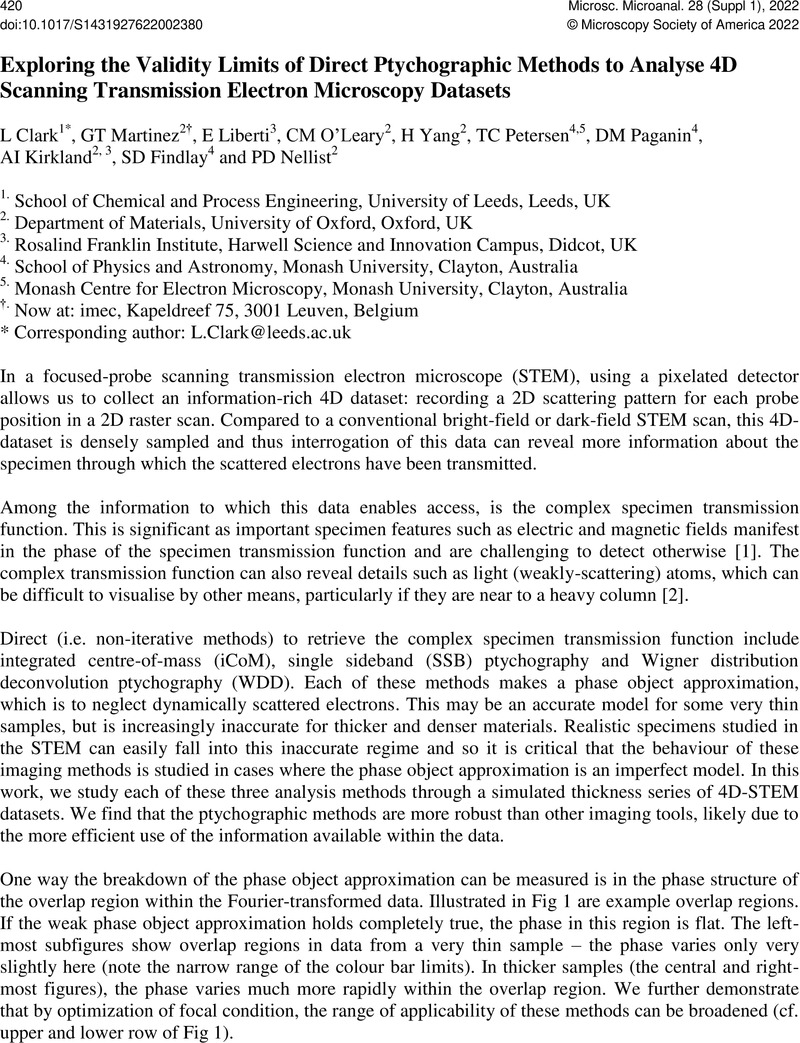The authors acknowledge funding from the Discovery Projects funding scheme of the Australian Research Council (Project No. DP160102338), European Union's Horizon 2020 under the Marie Sklodowska-Curie grant agreement No 891504 (BeamSense) and the European Union's Horizon 2020 research and innovation program under Grant No 823717 (ESTEEM3).
Google Scholar